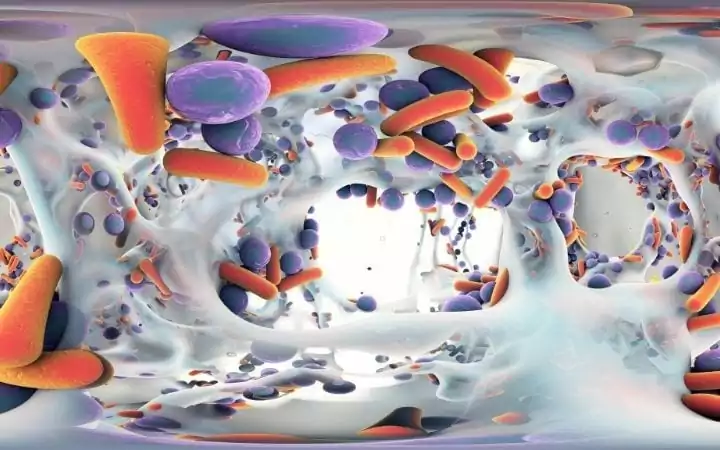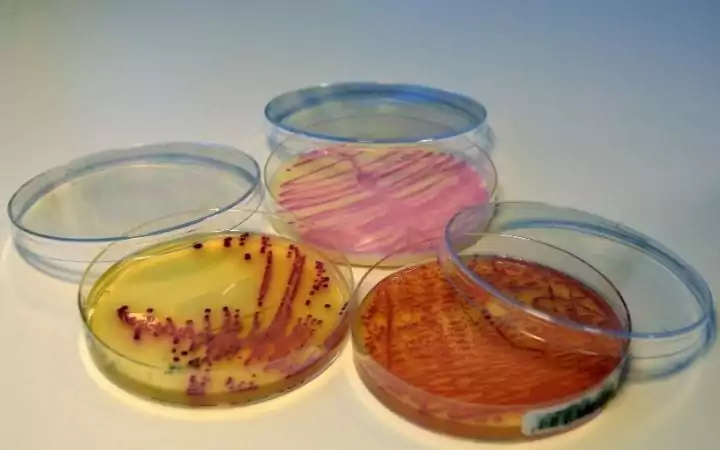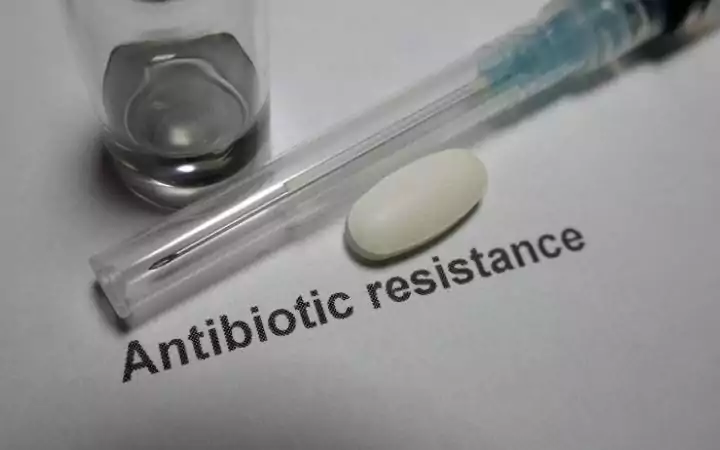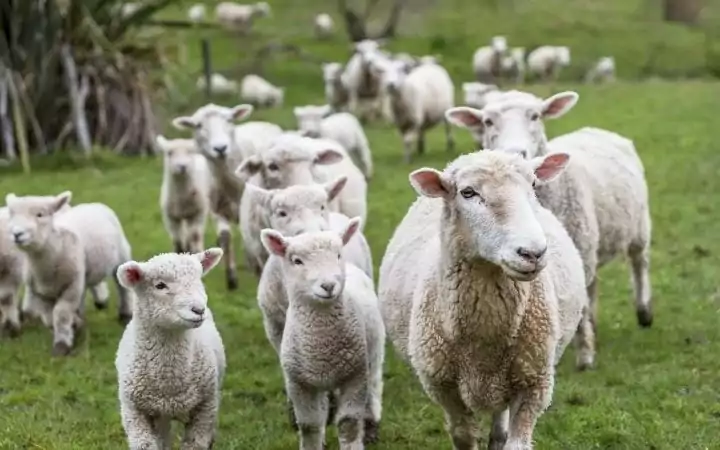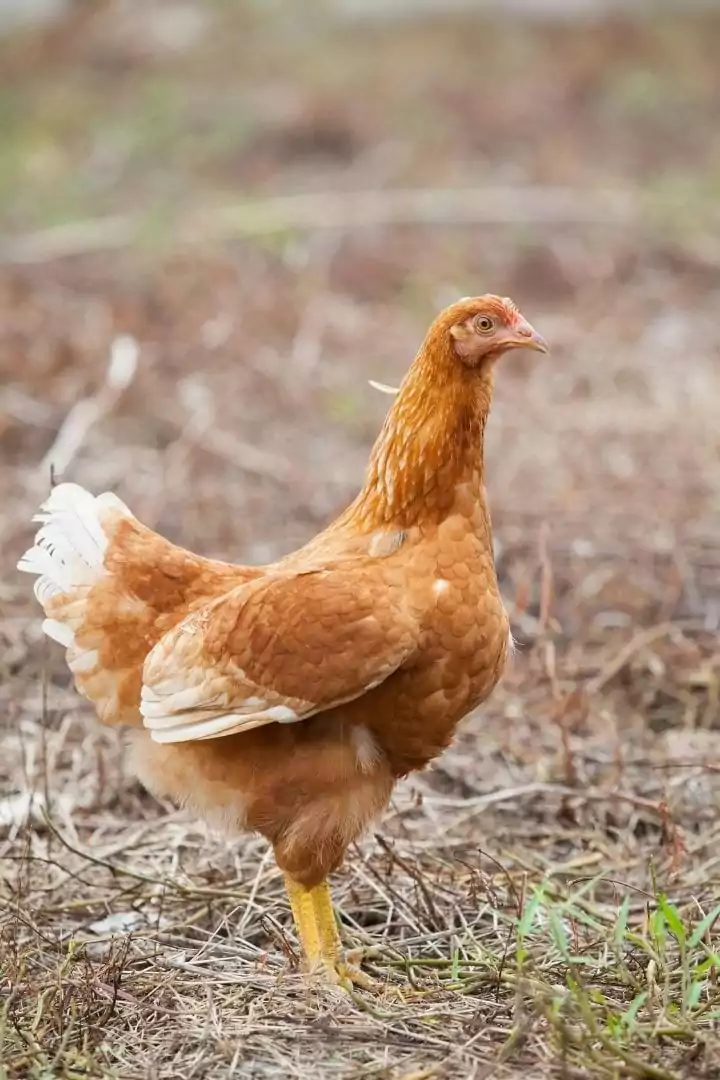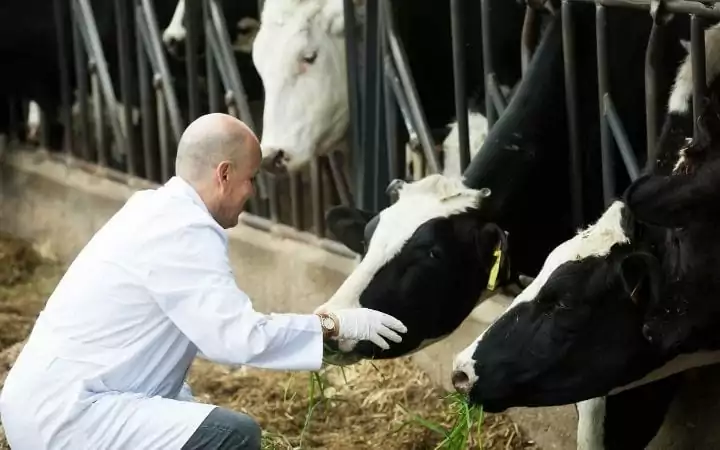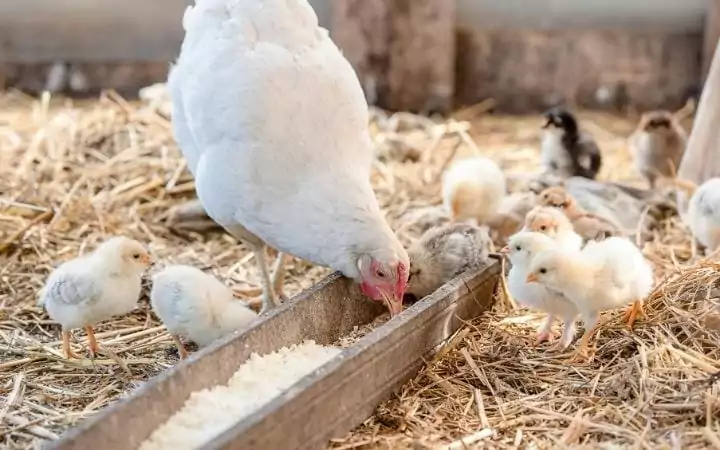Antibiotic-resistant bacteria is a real risk. Not only to our animals and livestock but also to us humans. It means our medicine is less likely to be able to treat bacterial infections. It could mean that uncomplicated infections could become fatal.
It is currently considered by the World Health Organization (WHO) to be one of the greatest threats to human health, as well as development and food security. But how does antibiotic resistance develop? What does our antibiotic use in livestock production have to do with it, and how can we prevent it?
What is Antibiotic Resistance? And Why is it a Problem?
Antibiotic-resistant bacteria means that despite the use of antibiotics, they will grow. They will also be able to develop, as well as form new generations and populations of resistant bacteria.
Almost all types of now drug-resistant bacteria started as easy-to-kill. They have developed to become drug-resistant over time. But how does that happen?
Development and spread of antibiotic resistance
- Penicillin got invented in 1928. Actually, by accident. Back then, there was – as now – lots of germs and bacteria. Very few of them were resistant to any drug or antibiotics.
- Antibiotics were developed and mass-produced from 1944. Of course, it was used to kill bacteria that caused illnesses in humans and animals. A few of the bacteria were, however, resistant to the antibiotics. Often these had developed in the gut of a host.
- The antibiotics also killed the good bacteria present in the body. This meant that the few antibiotic-resistant bacteria survived and could now grow. Almost unhindered. These were the ones that reproduced.
- Some bacteria were even capable of spreading their antibiotic resistant-abilities to other bacteria and causing even more trouble.
This means that, to this day, antibiotic-resistant bacteria have become more common. To quote Darwin: “Survival of the fittest.” The bacteria capable of surviving the most antibiotics were the ones that grew and reproduced—helped by overuse and misuse of antibiotics in humans and livestock.
Antibiotic-resistant bacteria are also capable of spreading, like any type of bacteria. A human or animal carrying an antibiotic-resistant infection can spread it to others. As well as the environment.
Animals carrying resistant bacteria can even spread them to food-products.
- They can spread to the meat when the animal is slaughtered and processed.
- Animal feces and urine can get into the environment. This can contaminate soil and water.
Since 1928, a range of different types of antibiotics has been developed. But misuse and overuse contributed towards the increasing resistance. This means that some infections in humans have already developed resistance. Often, to most or all available drugs and treatments.
The main issue with this is simple. Humans are now at an increased risk of dying of infections. Infections that were earlier considered as simple, easy-to-treat. A chance that also applies to our companion animals and livestock animals.
Why Do We Use Antibiotics in Agriculture?
If there’s a risk of increasing antibiotic-resistant bacteria, why do we use so many antibiotics in agriculture? Like all living things, our livestock animals are susceptible to bacterial infections. Antibiotics are administered to treat these.
It goes further, though. Consumers demanded more and cheaper meat – Farmers thus felt the need to ensure that their population of animals was always in prime health. To do this, antibiotics were and are still, sometimes used as a preventive measure, rather than as a treatment.
In some countries, antibiotics are simply added to the feed of the animals. This prevents diseases. It is also likely to enhance animal productivity (sick animals produce less).
Perhaps more important to farmers, it increases meat yields. To curb the increased use of antibiotics, it has been made illegal in some countries. Including all EU countries.
But are antibiotics given solely to treat bacterial diseases or to increase the output of production? It is still used a lot in agriculture. Data from 2010 shows the consumption of antibiotics in livestock across a range of countries.
Reported in milligrams of total antibiotic ingredient used per kilogram of meat production (mg/PCU). This shows that it varies a lot across countries:
- Norway: 4.0 mg/PCU
- USA: 85.5 mg/PCU
- Japan: 100.9 mg/PCU
- Italy: 421.1 mg/PCU
Sick animals should, of course, receive treatment. But, wherever possible, they should be tested before antibiotics are administered. This to determine the most effective and prudent antibiotics to use.
The recommendation from large organizations (like WHO) is that antibiotics should never be given as a growth enhancer. Nor as a preventive measure.
How Can We Reduce Antibiotic Use in Livestock?
A lot of countries have taken action to reduce the amount of antibiotics used. Especially those used in agriculture and food-producing animals. Effective regulation on antibiotic use has proven to be a successful measure of lowering rates of use in several European countries.
For example, The Scandinavian countries (Denmark, Norway, and Sweden) in the early 1990s and 2000s phased out the use of growth-promoting antibiotics. This not only led to an overall decline in the use of antibiotics but also in therapeutic use.
Even today, these countries have rates of antibiotics use 50-100 times lower than in other European countries. Partly due to good practices for livestock health. Which means that fewer animals get sick. Of course, meaning fewer antibiotics are necessary. But, also due to regulatory restrictions imposed by governments.
In 2006 the EU banned the use of antibiotics for non-medicinal purposes in all European countries. This had varying success in reducing consumption. But in some countries like Germany and the UK, there is an apparent decline. It also encouraged countries to make their own regulations. As well as targets for reducing the use of antibiotics.
Customer demand can also help decrease antibiotic use. More customers wishing to buy meat and agricultural products that have been produced without the use of antibiotics can cause a decrease in the use of antibiotics.
How Can We Prevent Antibiotic Resistance?
One of the best ways to decrease the risk of antibiotic-resistant bacteria developing is simply by using fewer antibiotics. Combined with when they are used, they are used responsibly and correctly.
But other initiatives are aiming at decreasing the number of resistant bacteria. And fight food-borne infections. Some of the solutions from the Center for Disease Control and Prevention:
- Detect and describe. Laboratories can rapidly uncover food-borne drug resistance using whole-genome sequencing. This is often used to discover drug-resistant Campylobacter and Salmonella.
- Find outbreaks faster. Done by testing isolates for drug resistance, often used on Salmonella.
- Improve health outcomes. Prevents outbreaks. Thereby lessens the risks of sick individuals spreading drug-resistant bacteria to others.
Most importantly is the correct and ethical use of antibiotics by professionals. Notably, using the right type of antibiotics and choosing the one that will have the best effect on that specific bacteria.
Lastly, client compliance and information is also a valuable tool. When individuals get antibiotics, for themselves or their animals, they must receive the right information. So they know how, when, and for how long to take their antibiotics. To decrease the chance of resistant bacteria, possibly surviving.
Often rates of antibiotic use are more significant for high-income countries. But, as noted above, this is not always the case. Exceptions are Norway, but also Finland, Sweden, and Denmark. This shows that good agricultural practices and effective regulations can significantly reduce the use of antibiotics. In turn, reducing the risk of antibiotic resistance developing.
Summary
Drug-resistant bacteria are a real threat to our global health, for livestock, companion animals, and humans alike. It is so important to always keep up to date on the most recent scientific information, guidelines, and regulations. To ensure that we can keep everyone as happy and healthy as we can. Now and in the future.

